








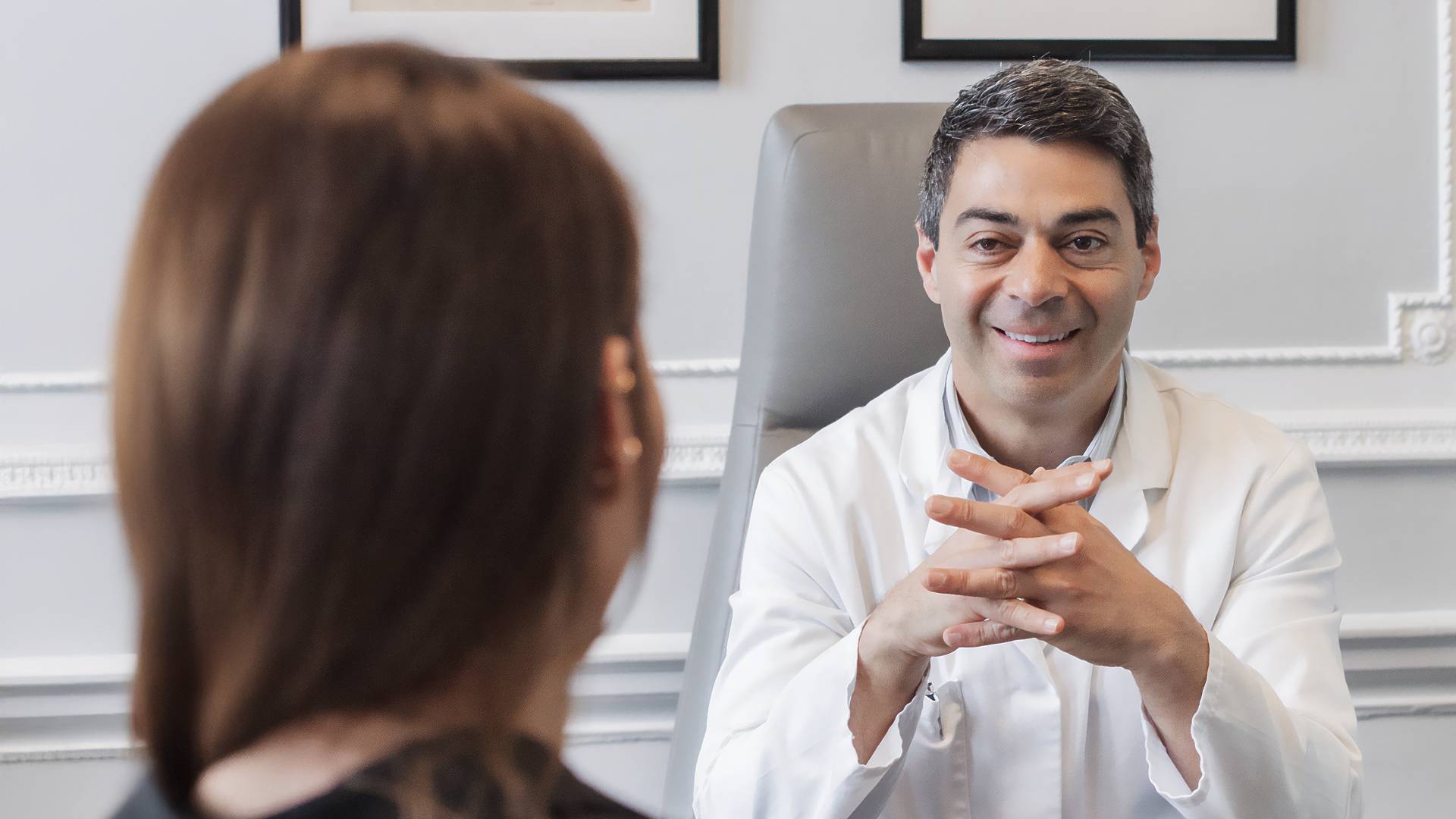
Welcome to 111 Harley St. Established in 2007 by globally recognised expert in Plastic Surgery, Dr Yannis is world-renowned for his artistry and precision in Facelifts and facial procedures developed over his 30 years in practice. As an award-winning Plastic and Reconstructive Surgeon, Dr Yannis is a leading authority in the advanced technique of Deep Plane Facelifting who delivers exceptionally natural, transformative results for our patients. His dedication to excellence has made him the go-to expert for facial rejuvenation.
As a founding faculty member of the esteemed NYC Facelift Master Course, Dr Yannis shares his expertise with surgeons from around the world, shaping the future of aesthetic surgery.





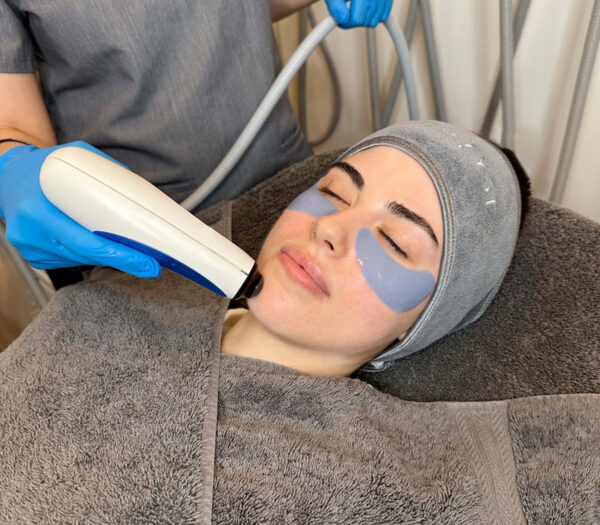
At our Harley Street clinic, we are proud to have a 360-degree philosophy, designed to help each patient achieve their personal aesthetic goals in the least invasive way. Our highly-experienced team combine the most advanced techniques, cutting-edge technology and clinically-proven products to delivery truly exceptional outcomes. Our bespoke patient journeys are always created with the individual and their desired outcome in mind at every step, from consultation through treatment to aftercare. Patients for whom plastic surgery is the right choice, will remain under our care for a full year post-procedure, supporting them to ensure optimal recovery and outstanding results.
Our patients travel not only from across London and the UK, but internationally to experience our meticulous approach, and a level of excellence which includes surgical procedures, non-surgical treatments, injectables and expertly curated homecare regimes.
“From the moment I entered his clinic, I knew I was in the hands of an extraordinary professional. His unique blend of surgical skill, artistic perception, and compassionate care, supported by his superb team and state-of-the-art surgical facilities, makes him an outstanding choice for anyone considering plastic surgery... Dr Yannis and his team's compassionate care and comprehensive approach truly sets them apart. Highly recommend.”


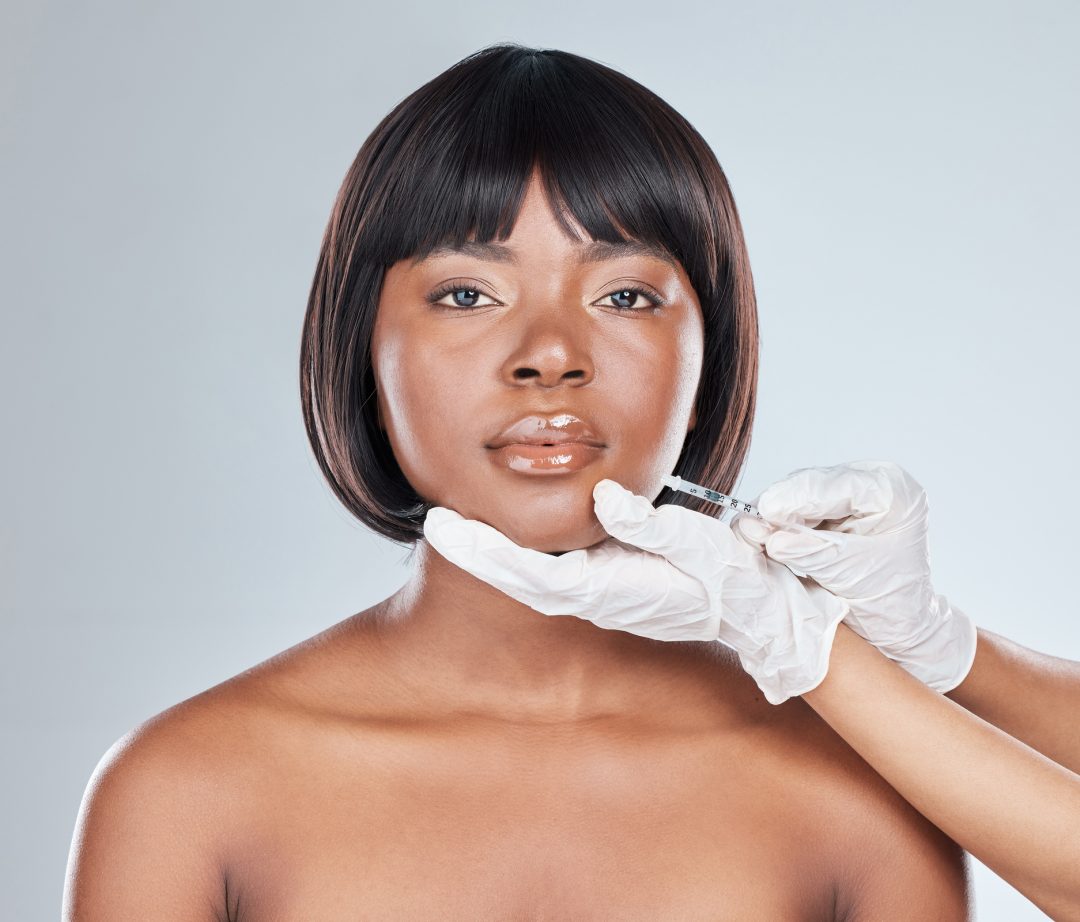

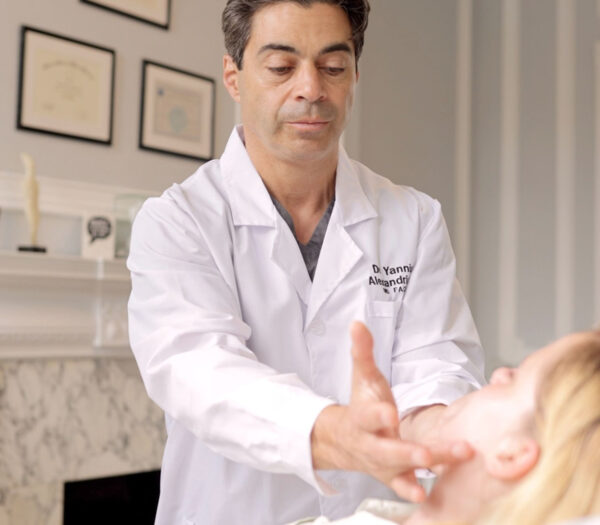
Dr Yannis is our Founder & Medical Director. A triple board-certified Facial Plastic & Reconstructive Surgeon with thirty years of experience in his field, he is famed for his Facelift and facial surgery results..
Patients seek out Dr Yannis’ leading services from across the globe (80+ countries), travelling to London for his surgical results and the exceptional treatment plans he and his team curate. He has performed surgery on actors, politicians, singers and many high profile celebrities. His pioneering 360-degree philosophy and approach to is grounded in the belief that surgery should be a last resort where less invasive options can achieve the desired outcome, separates him from his fellow surgeons within his field.
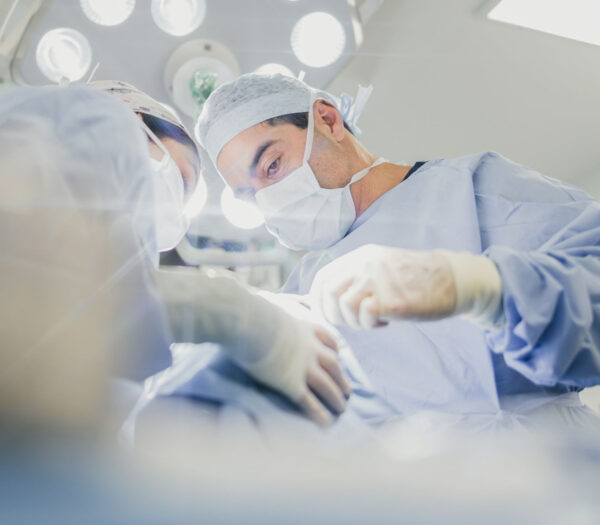
Our team of highly-qualified aesthetic practitioners are leaders in their specialities, each undergoing rigorous, ongoing training to ensure they always remain at the forefront of the aesthetic field. Each is wholly committed to offering the latest innovative techniques and technologies guided by research to align with the most up-to-date aesthetic advancements.
We strive to exceed patients’ needs and expectations with our unique approach to treatments, curating a personalised treatment plan tailor-made to suit your needs perfectly. With a combined experience of 50+ years, our world-renowned practitioners provide unparalleled patient satisfaction, care and safety. Trust, discretion and patient satisfaction are always our priorities.
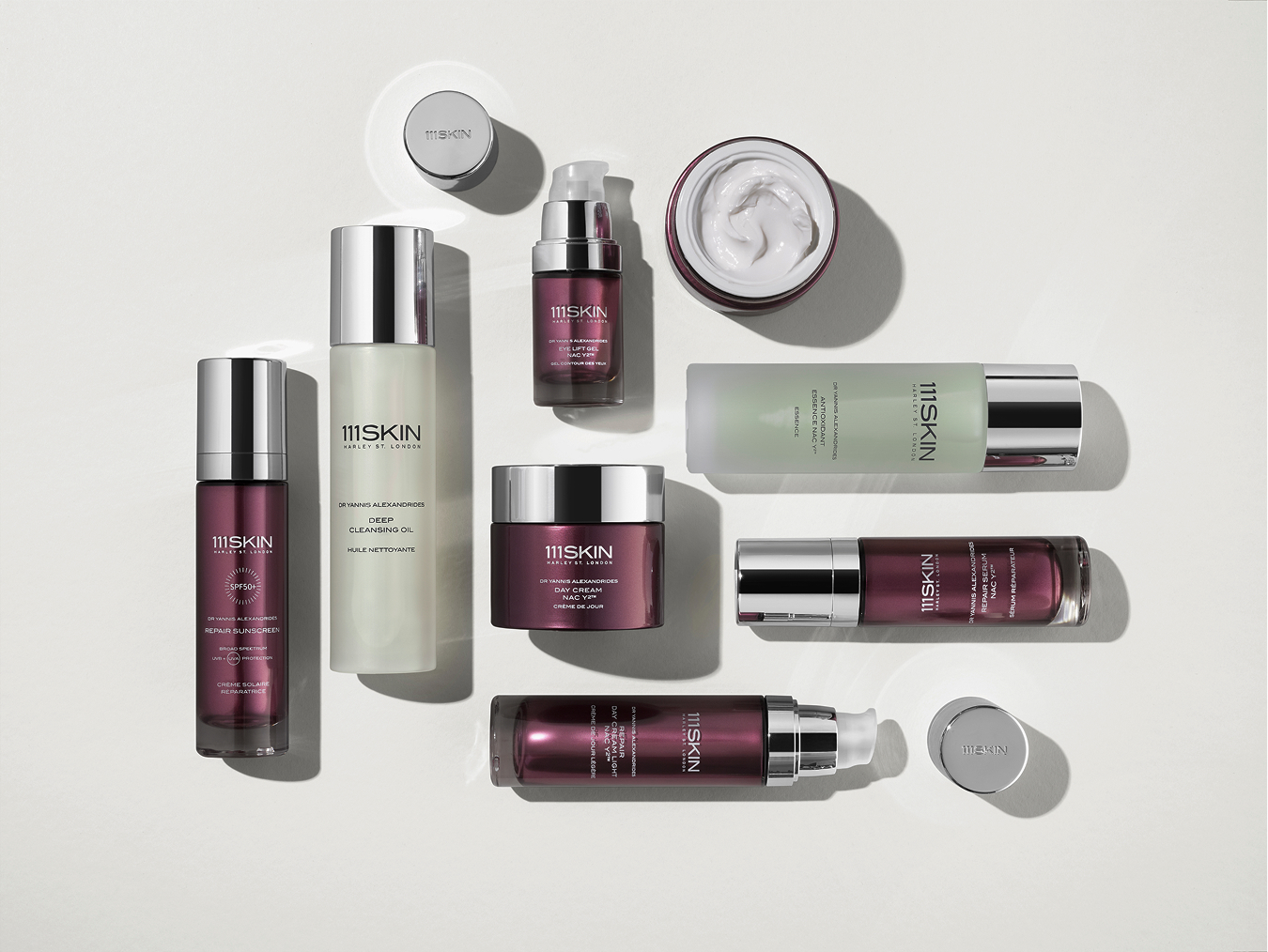
When Dr Yannis Alexandrides first launched 111SKIN in 2012, he did not set out to create a global skincare brand. As a successful Plastic and Reconstructive Surgeon, he simply wanted to help his patients recover and accelerate the healing process following procedures, but the formulas available on the market were unsatisfactory due to their irritating and abrasive properties.
Dr Yannis leveraged his experience across decades to develop surgically precise formulas that deliver visible results.








We offer a results-driven 3-step approach to ensure you achieve remarkable results that exceed your expectations safely and successfully. For those considering breast or nose surgery, a 3D simulation is available to give you a visual preview of your potential post-operative results.

At 111 Harley St., we take a comprehensive, 360° holistic approach to our surgical procedures, offering a range of treatments to enhance the recovery and outcome of every procedure.

Did you know that our clinic has become one of the most renowned plastic surgery and aesthetics clinics on Harley Street?
We believe our 360° ethos has a lot to do with this. It has always been our goal to combine personal attention with world-class expertise, and it is what sets us apart.
Our expert Patient Advisors will be your first point of contact, between them, they share years of experience in our field. We can assure you that they have the in-depth knowledge about our procedures, treatments and team, and will be able to guide you as you begin your journey with 111 Harley St.
 Portable Device Charging
Portable Device Charging  Free Wifi
Free Wifi “Founded in 2001 as a centre of excellence, 111 Harley St. is home to a team of highly-qualified surgeons and Aestheticians. At my clinic, my team and I perform a variety of advanced aesthetic enhancements, advocating a bespoke prescription of non-surgical and surgical procedures to achieve your desired outcome.
With a rich history of pioneering innovative treatments and procedures such Y Facelift, each patient will receive the top level of medical care and expertise. We’re with you every step of the way, from your first consultation through to post-operative inspections. My team’s highest priority is to ensure your safety and satisfaction.”
Dr Yannis Alexandrides MD
World-Class Expertise
Dr Yannis Alexandrides MD and a team of elite medical professionals deliver cutting-edge aesthetic and surgical care
Bespoke Patient Experience
Every treatment plan is uniquely tailored, combining artistry, precision and innovation for truly transformative results
Innovation Meets Elegance
Advanced science and subtle sophistication combine to deliver results that speak quietly, and beautifully
Consultation Types & Fees
In-Clinic Consultation
Virtual Consultation
All consultations are subject to the applicable charge or deposit.
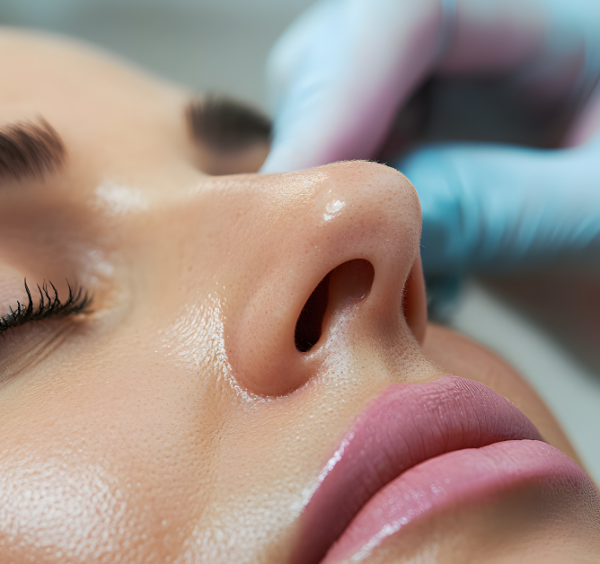
Explore why celebrities choose to get rhinoplasties, from enhancing facial harmony to correcting breathing issues.
There’s a particular quality to how we approach Beautiful Impact at 111 Harley St., something less tangible than strategy or measurement, more fundamental than tactics or programmes. It’s an attitude. A way of seeing the world that believes in possibility without naivety, embraces optimism without ignoring complexity, and maintains quiet determination without grandiosity. This mindset shapes everything we do, creating a culture where Beautiful Impact doesn’t feel like an obligation, but a natural expression of who we are.

Achieve a youthful, radiant look this Christmas with non-surgical and surgical treatments designed for quick, noticeable results.